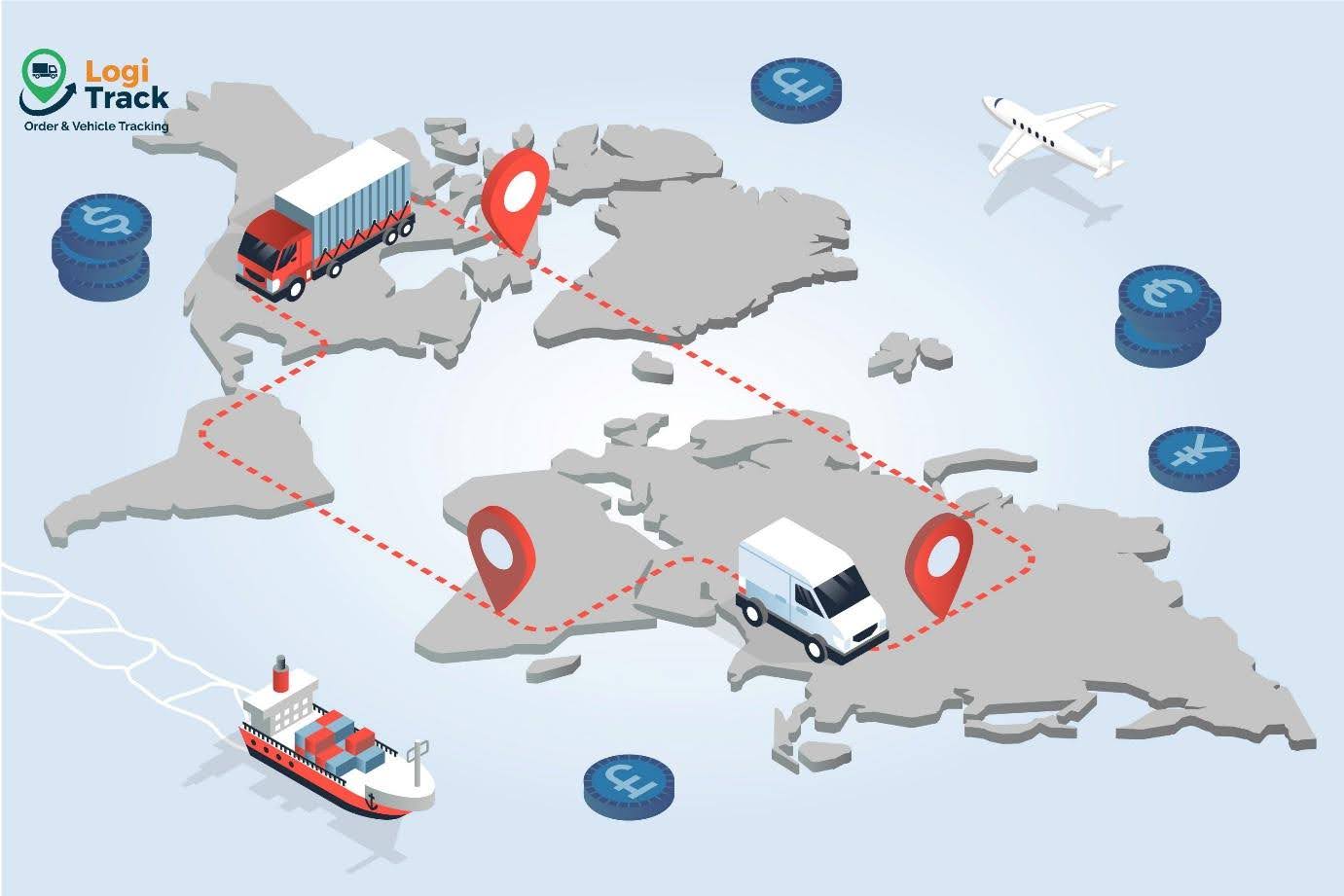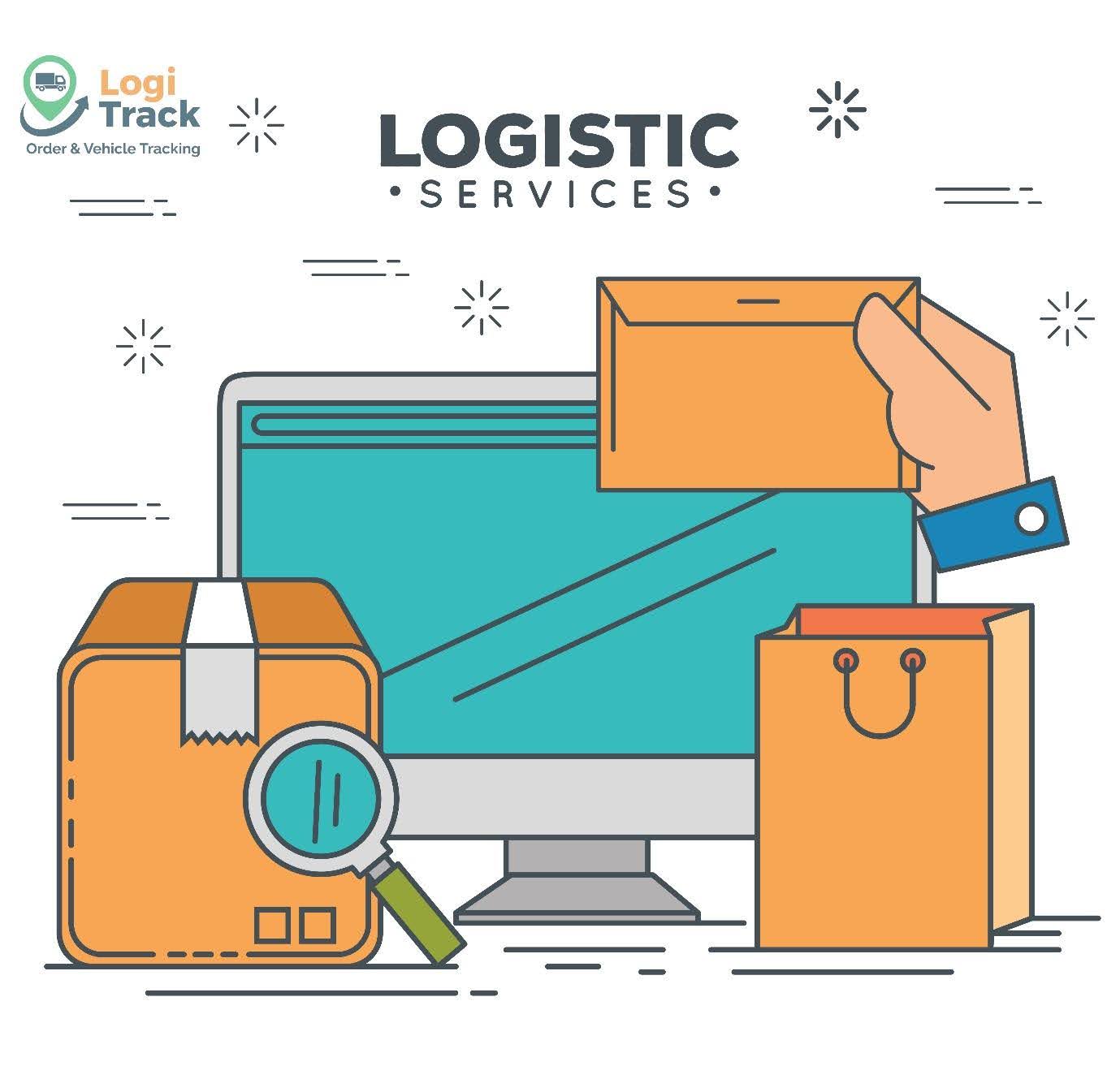In the era of booming e-commerce and rapid logistics growth, order management has become the “heart” of the entire supply chain. The surge in sales channels—from websites and e-commerce marketplaces to social networks—can easily push daily order volumes into the thousands. Without a professional Order Management System (OMS), businesses quickly face overload, data entry errors, and delivery delays, which reduce both reputation and profitability.
According to a report by McKinsey, companies that adopt a modern OMS can increase order processing efficiency by 25–35% while significantly lowering operating costs. This proves that an OMS is not just a support tool but a critical strategy in today’s highly competitive logistics landscape.
Challenges of Traditional Order Management
-
Manual data entry errors: When staff input order details by hand, even a small mistake can lead to wrong deliveries or lost packages.
-
Complex multi-channel orders: Selling on multiple platforms (Shopee, Lazada, proprietary websites) makes it difficult to synchronize orders and inventory.
-
Difficulty tracking order status: Without proper tracking tools, updating customers about delivery progress is delayed.
-
High operating costs: Managing orders with Excel or outdated systems increases labor needs and processing time, reducing profits.
-
Lack of reporting and data analytics: Without standardized data, it’s hard to evaluate performance or forecast demand accurately.
To address these challenges, an OMS logistics solution offers a comprehensive way to automate the entire order lifecycle, from receiving and processing to final delivery.
Key Benefits of an OMS
-
Automated order processing: Automatically collects orders from multiple sales channels, reducing up to 90% of data entry errors and saving confirmation time.
-
Real-time inventory synchronization: Integrates directly with Warehouse Management Systems (WMS) to display accurate stock levels and prevent overselling.
-
Integrated shipping and waybill management: Works with Transportation Management Systems (TMS) to automatically assign orders to carriers and optimize delivery costs.
-
24/7 order tracking: Both businesses and customers can check order status anytime online.
-
Detailed reporting and analytics: Provides insights on revenue, delivery performance, and return rates to enable fast, accurate decision-making.
-
Multi-channel integration: Consolidates orders from e-commerce marketplaces, websites, and physical stores into a single, unified business ecosystem.
Essential OMS Features
-
Centralized customer and order information management.
-
Automatic printing of shipping labels, invoices, and tracking numbers.
-
Integration with payment gateways and shipping partners.
-
Supports multiple logistics models: B2B, B2C, D2C.
-
Flexible scalability to support business growth.
Steps for Successful OMS Implementation
-
Assess real operational needs: Determine average order volume, sales channels, and current process bottlenecks.
-
Choose a trusted OMS provider: Select a system that integrates seamlessly with WMS, TMS, and multiple sales platforms.
-
Train your team: Educate staff to operate the system and fully utilize automation features.
-
Pilot before scaling: Start with a small group of products or channels, optimize the process, and then roll out across the entire organization.
-
Monitor and continuously improve: Use OMS reports to adjust workflows, lower costs, and enhance customer experience.
Building Sustainable Competitive Advantage
In today’s fast-growing e-commerce and logistics market, a modern Order Management System (OMS) not only optimizes order processing but also increases transparency, reduces costs, and improves customer experience. Investing in an advanced OMS is a strategic step for businesses to strengthen competitiveness and achieve sustainable growth in the global marketplace.









